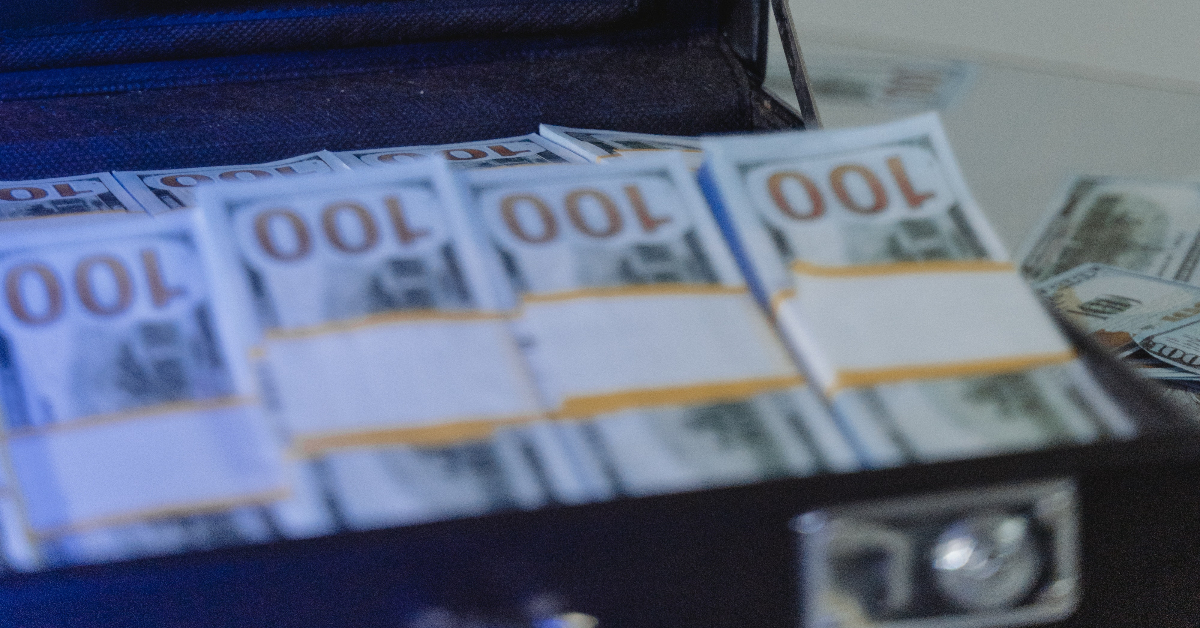Puerto Vallarta (PVDN) - If the drug trade were a legitimate business, people would marvel at the accomplishments of Mexican cartels as multinational corporations . . .


Puerto Vallarta (PVDN) - If the drug trade were a legitimate business, people would marvel at the accomplishments of Mexican cartels as multinational corporations . . .
